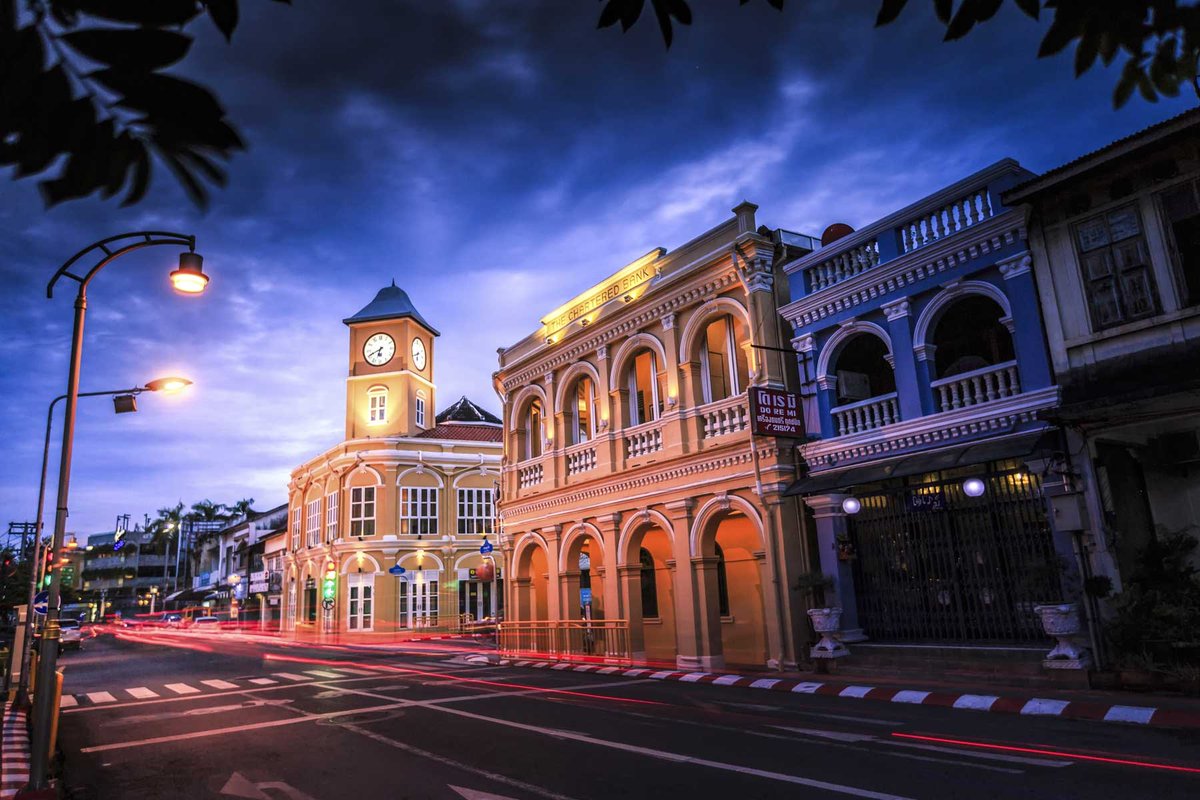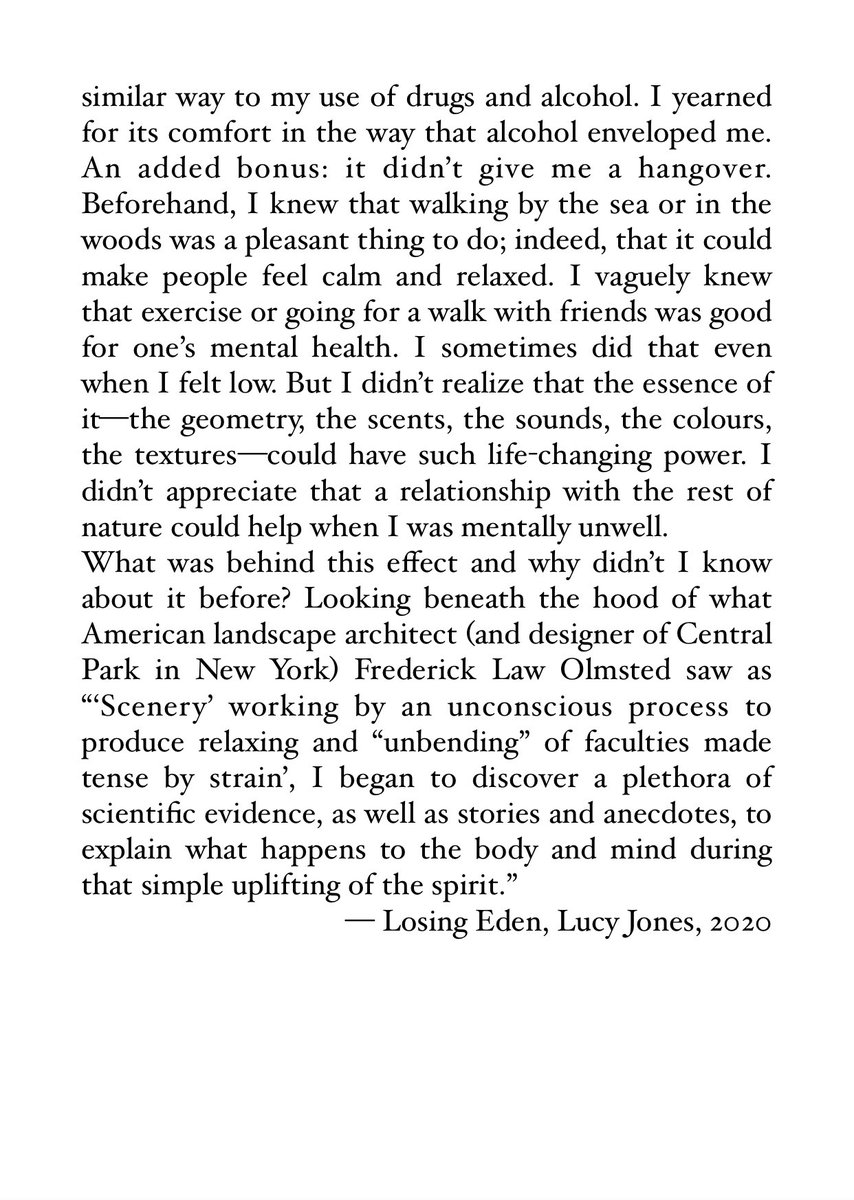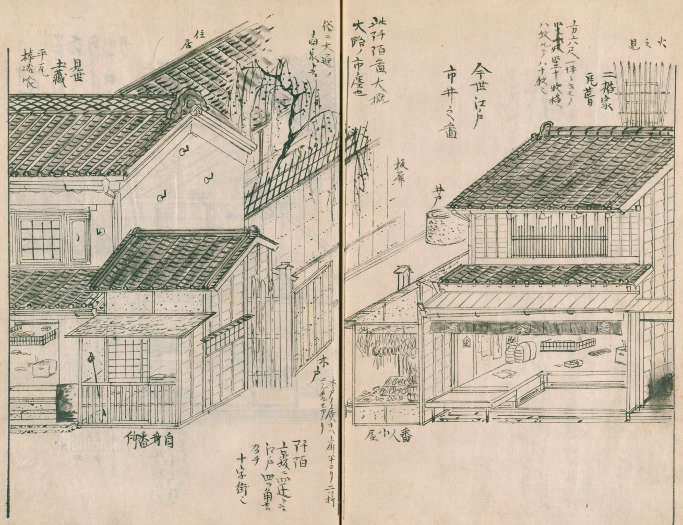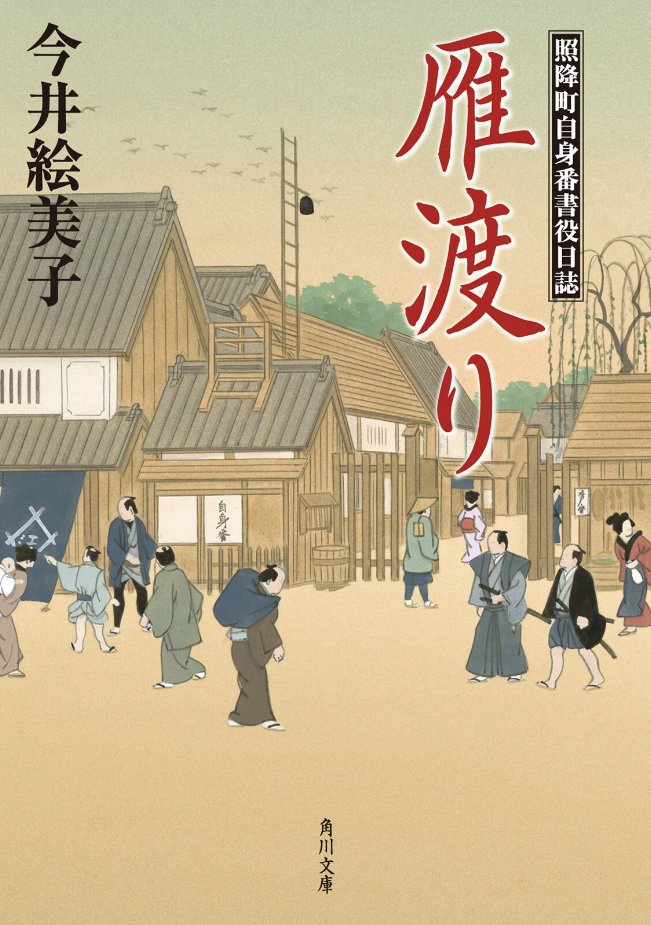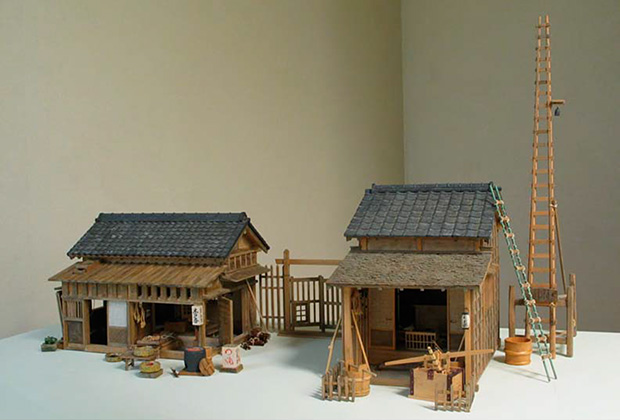
Starting in mid-17th century until mid-19th, several wooden cantilevered bridges were built in Japan. This one in Toyama prefecture, built 1663, was 63m long. But there was an even longer, in Shizuoka prefecture, which has an interesting backstory of environmental destruction. 

In 1692 the bridge over the river Oi was rebuilt (the first bridge was built in 1607), at 72.8m. Unrelated, the same year logging operations started at a site 10km upstream. It was so badly managed that when it was stopped in 1700, 3600ha of forest had been clear cut. 

The loss of the forest meant rainwater had nowhere to go except into the river which gradually grew wider and wider as it eroded the sides of the valleys it passed through. In 1700 the bridge had to be torn down and replaced with a new and longer one, at 85.5m. 

In 1729 erosion still had not slowed down, and the old bridge was torn down once again, replaced with one that was 91m long. By comparison, the longest modern wooden cantilevered bridge is in Bhutan, at 56m, built by engineers using traditional methods in 2008. 

Erosion slowed down as upriver logging was banned (authorities had caught up on what was happening) and the next, final, rebuild in 1825, when a 100.1m long bridge replacement was built, which lasted until the 1870s. Today the upstream is completely reforested and erosion halted. 

• • •
Missing some Tweet in this thread? You can try to
force a refresh

